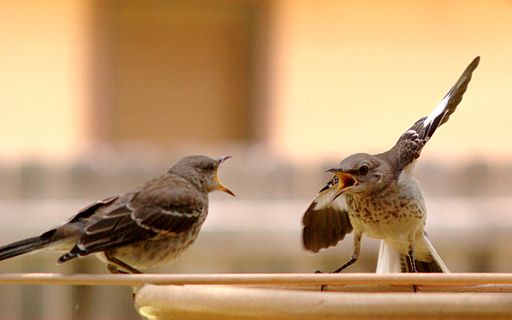For the last month, I’ve been half-expecting another shoe to drop in the sad story of Alberto Salazar and the Nike Oregon Project (NOP)–sad, because, as I wrote previously, Alberto and I had been colleagues and there were many things I respected and admired about him.
But I never dreamed that the shoe was going to come in the manner or direction from which it did.
If you didn’t see it, Mary Cain, once the fastest young woman in America, in an opinion piece in the New York Times accused Alberto of fat-shaming her, trying to force her to lose weight via birth control pills, (illegal) diuretics, public weigh-ins, and other forms of emotional abuse.
It was a devastating article, followed up by confirmation on Twitter by Olympian and former NOP runner Amy Yoder Begley that the same had happened to her toward the end of her career.
You would be hard-pressed to find two more credible sources. Even before Amy’s confirmation, I believed Mary. If it had been sour grapes for not doing well after entering the program, she’d have done it years ago, rather than silently taking abuse for being a washout who couldn’t handle the pressure.
To me, this is far worse than the errors that led to Alberto’s doping ban. In those, he was basically playing the mad scientist, without thinking enough about the consequences and technicalities of the rules. Here, he screwed up in a very different way.
When the news broke, I spent a lot of time going back over the books he and I wrote together. The publisher’s marketing department insisted that they all be written in Alberto’s first-person voice, even though the contract made me a more-equal contributor. That meant I spent a lot of time rewriting my own ideas as if they were Alberto’s, making it a little hard to sort them back out, today.
What I do know is that there were large parts I wrote in his voice, then submitted for his approval: “This is what you’re saying, unless you disagree.”
For example, he knew very little about master’s running, so I wrote that part. And most of the chapter on injuries was mine, largely because I’d written similar ones for books on bicycling and cross-country skiing.
A friend who is a former pro (not NOP) once told me that male coaches who started out with boys tend to mis-coach women.
That, I suspect describes Alberto. He came out of the male-track culture, then started coaching Galen Rupp and the altitude-house guys. Women, for the most part, came later.
With guys, my friend says, it’s possible to motivate by humiliation. With women, she says (after admitting it’s a stereotype), that simply doesn’t work. Most will just quit and go away, though there are others, who, like characters in a Shakespearean tragedy, will fall on their swords for a simple “good job”.
So, part of my take on this is that Alberto, however successful he’s been with some women, may not “get” women the way my friend describes.
Until the NYT article, I’d never heard of what felled Mary Cain, RED-S syndrome. When I Googled it, however, I discovered it was the same as female triad, which I’d long known: the nasty trio of eating disorder, loss of menstrual period, and stress fractures from lost bone density.
Mary says she lost her period for three years and had five stress fractures in five different bones.
In my books with Alberto, we warned about that, but now I now wonder how much the warning came from me, rather than him.
Alberto’s target weight for Mary was too light. Not because the charts said so, or because she looked too thin, but because she was losing periods.
For him to ask her to lose weight, and not monitor her periods (or advise her to do so) is…well, I find it hard to find the words.
In one of our books, “we” wrote that ideal weight for female runners is hard to determine. If you weigh too much, you’re slower than you could be, easily hurt, and subject to health problems. If you’re too light, you’re slower than you could be, easily hurt, and subject to different health problems.
Did he not remember that we wrote that? Or didn’t he really believe it?
But the core of Mary’s story is worse. She says she was engaged in cutting.
Nobody would lie about that; the stigma is immense. But when she worked up the nerve to tell Alberto and the group’s sport psychologist, she says, they were too tired, wanted to go to sleep, and blew her off.
I have trouble processing this.
Cutting is a red-flag warning of a serious problem.
When someone you care about tells you of something like that, everything else stops.
I have no training in how to react, specifically, to cutting, and was going to say I have no clue how to react. But I do: listen. Support their courage for talking about it. Make sure they’re not suicidal. Refer them to a trained helper, or assist in finding one. Stay up as late as needed, or at least until you’re about to keel over.
If Alberto didn’t know how to react, I get it. The sports psychology parts of our books were another portion that was mostly my doing.
But how could NOP’s sports psychologist not instantly have gone into “therapist” mode?
“Tell me more.” That’s all you have to say. It’ll open a floodgate.

